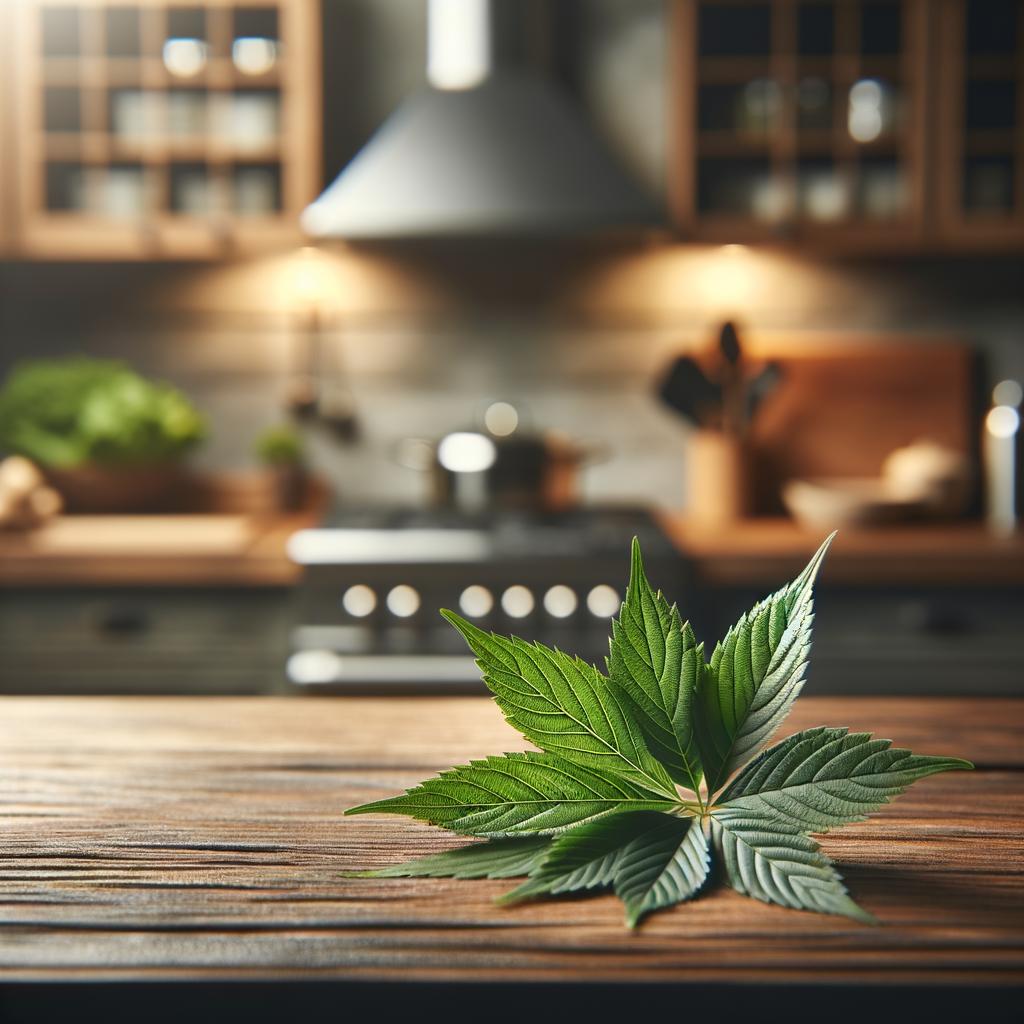Gambir Leaves

Gambir Leaves
Description
Gambir leaves, also known as Uncaria Gambir, are a remarkable ingredient that has been subtly shaping culinary and medicinal landscapes for centuries. These leaves are typically medium-sized, with a glossy, vibrant green top surface and a paler underside. The leaves are smooth to touch, possessing a slight firmness that gives way to a soft crunch when chewed. Gambir leaves have a unique, slightly bitter flavor with a hint of sweetness, a taste profile that sets them apart from other similar leaves. The leaves also have a unique characteristic of producing a red dye when boiled, a trait that has found its use in various cultural practices.
Primary Uses
Gambir leaves are versatile and have been used extensively across different cuisines. In South East Asian cooking, they are often used in curries, stews, and soups for their distinctive flavor. The leaves are also boiled to make a refreshing herbal tea, cherished for its soothing properties. Beyond their culinary uses, Gambir leaves are also valued for their medicinal properties. They have been used in traditional medicine to treat ailments such as diarrhea, mouth ulcers, and sore throats. Their dyeing property has also been utilized in textile industries, especially in the production of batik prints.
History
The history of Gambir leaves is as rich as its flavor profile. Originating from the lush rainforests of South East Asia, these leaves have been a part of human life for centuries. They were once traded as a valuable commodity along the spice route, owing to their medicinal properties and the unique red dye they produced. Over time, their culinary use has evolved, with many modern chefs incorporating them into contemporary dishes to add a touch of traditional flavor. Folklore often associates Gambir leaves with healing and protection, and they are still used in certain cultural rituals in their native regions.
Nutritional Information
Gambir leaves are not just flavorful but also packed with nutritional benefits. They are rich in antioxidants, which help combat harmful free radicals in the body. The leaves also contain a good amount of tannins, known for their anti-inflammatory and antimicrobial properties. Compared to similar leaves, Gambir leaves have a higher concentration of these beneficial compounds. However, their slightly bitter flavor might not be appreciated by everyone. Like all foods, they should be consumed in moderation as excessive intake can lead to stomach discomfort. The romance of Gambir leaves lies not just in their history and use, but also in their ability to nourish and heal, making them a truly remarkable ingredient.

